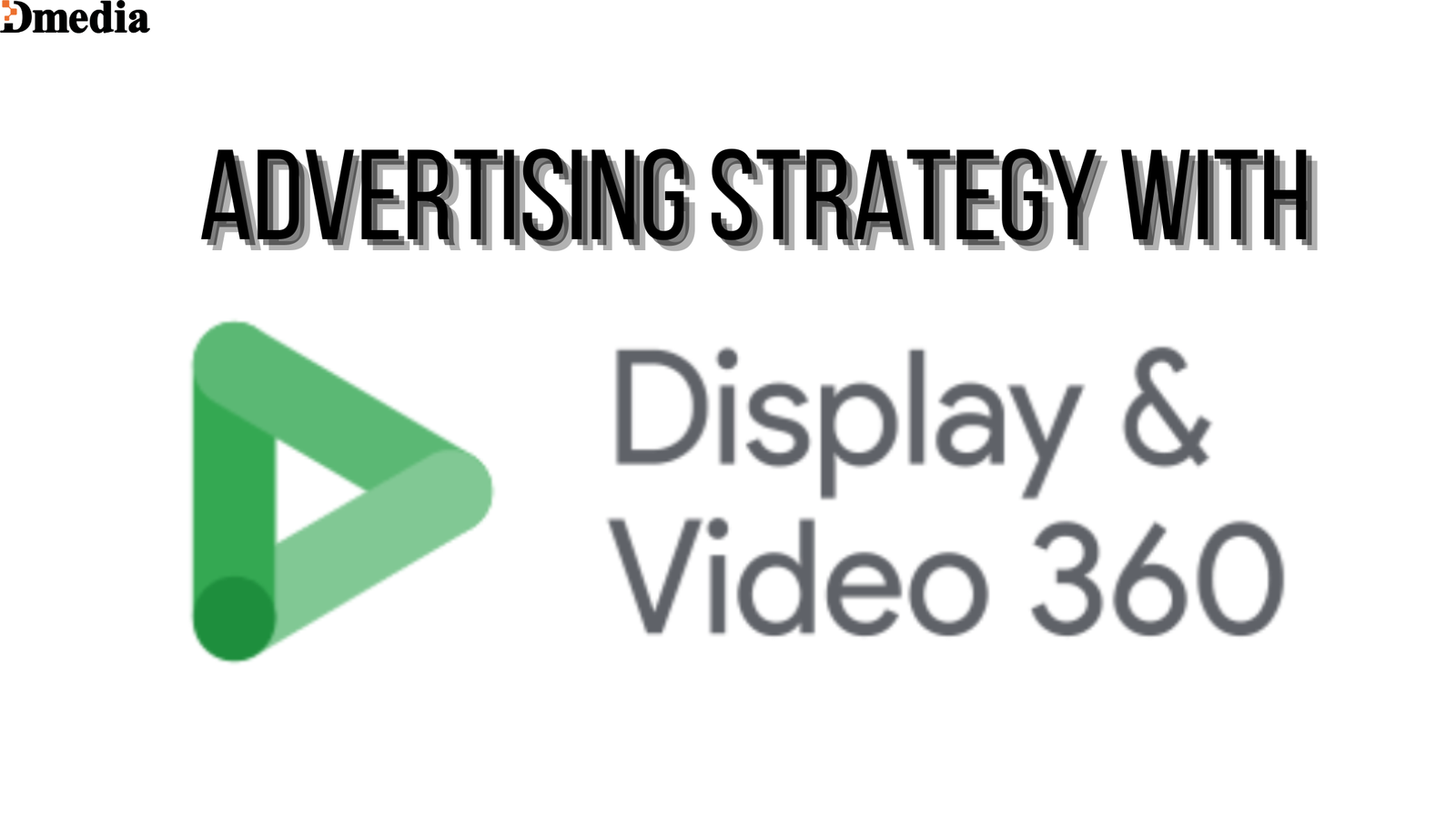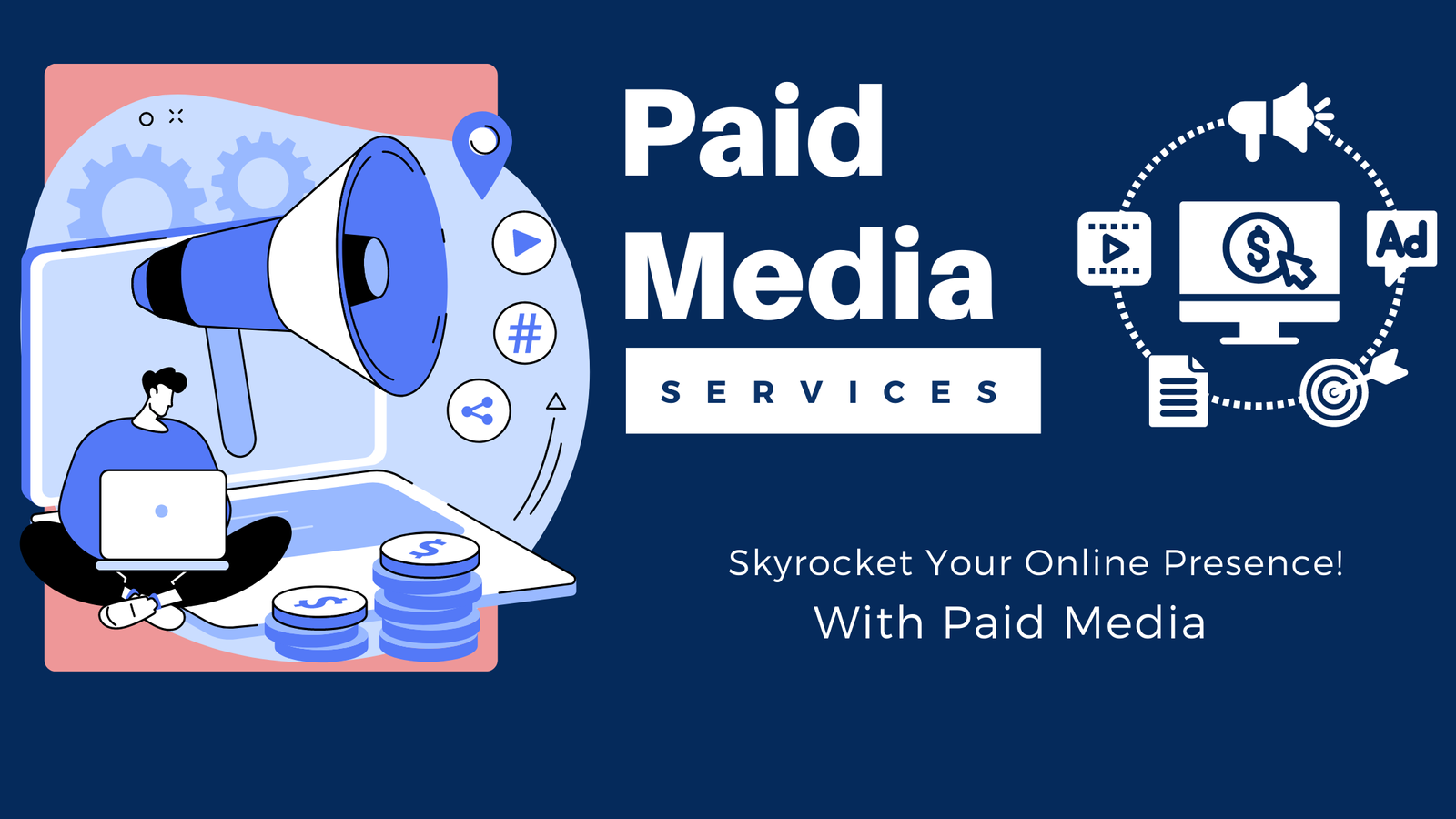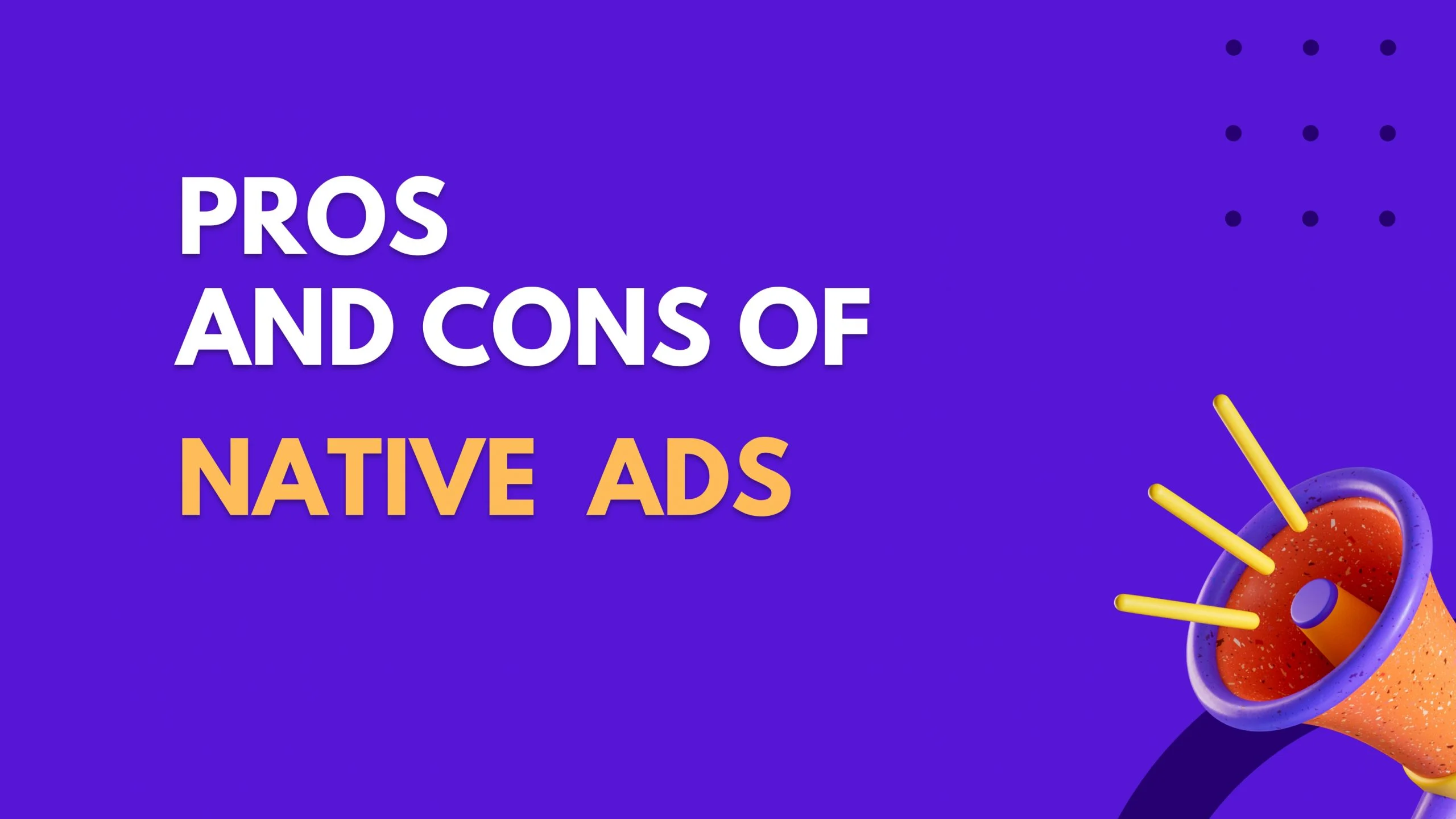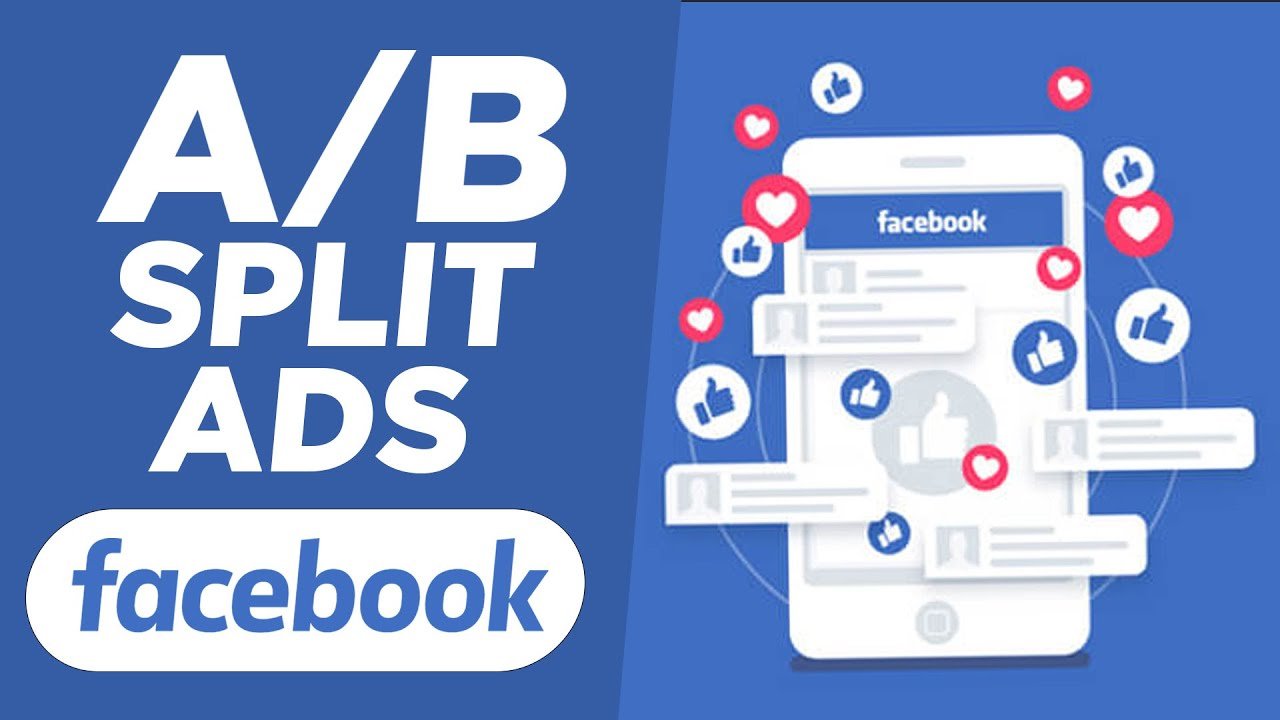Understanding Google Ads Services
Google Ads Services is a powerful platform that allows businesses to advertise their products and services on Google’s search engine and partner websites. It provides a variety of advertising options, including search ads, display ads, video ads, and more. With Google Ads Services, businesses can reach a wide audience and drive targeted traffic to their websites.
One of the main benefits of Google Ads Services is its ability to target specific keywords and demographics. This means that businesses can reach the right audience at the right time, increasing the chances of conversion. Additionally, Google Ads Services offers detailed analytics and reporting, allowing businesses to track the performance of their ads and make data-driven decisions.
The Benefits of Google Ads Services
Google Ads Services offers a multitude of benefits for businesses looking to maximize their advertising strategy. One of the key advantages is its reach. With Google being the most popular search engine in the world, businesses have the opportunity to reach millions of potential customers.
Another benefit of Google Ads Services is its flexibility. Businesses can set their own budget and only pay when someone clicks on their ad, ensuring that they get the most out of their advertising dollars. Additionally, Google Ads Services allows businesses to target specific keywords, demographics, and geographic locations, ensuring that their ads are seen by the right audience.
Introduction to DV360
DV360, also known as Display & Video 360, is an advanced advertising platform offered by Google. It is a programmatic buying platform that allows businesses to manage and optimize their digital advertising campaigns across multiple channels. With DV360, businesses can reach their target audience with precision and maximize their advertising ROI.
DV360 offers a variety of features and tools that enhance the advertising experience. One of the key features is its ability to access premium inventory. This means that businesses can display their ads on high-quality websites and apps, increasing brand visibility and credibility. Additionally, DV360 provides real-time bidding, allowing businesses to bid on ad placements in real-time and optimize their campaigns for maximum performance.
How DV360 Enhances Your Advertising Strategy
DV360 enhances your advertising strategy in several ways. Firstly, it provides access to a vast network of premium publishers, ensuring that your ads are displayed on high-quality websites and apps. This not only increases brand visibility but also builds trust with your target audience.
Secondly, DV360 offers advanced targeting options. It allows you to target specific demographics, interests, and behaviors, ensuring that your ads are seen by the right people. This precision targeting increases the chances of conversion and maximizes the return on your advertising investment.
Furthermore, DV360 provides robust analytics and reporting. It allows you to track the performance of your ads in real-time, providing valuable insights into what is working and what needs improvement. This data-driven approach enables you to make informed decisions and optimize your campaigns for better results.
Maximizing the Benefits of Google Ads Services with DV360
To maximize the benefits of Google Ads Services with DV360, it is important to utilize the key features and tools offered by the platform. Here are some tips to help you optimize your Google Ads campaign with DV360:
1. Leverage audience targeting: DV360 allows you to target specific audiences based on their demographics, interests, and behaviors. Take advantage of this feature to reach the right people at the right time.
2. Utilize data-driven insights: DV360 provides detailed analytics and reporting. Use this data to identify trends, optimize your ad placements, and make informed decisions about your advertising strategy.
3. Experiment with different ad formats: DV360 offers a variety of ad formats, including display ads, video ads, and native ads. Test different formats to see which ones perform best for your business.
4. Optimize your bidding strategy: DV360 provides real-time bidding options. Experiment with different bidding strategies to find the most cost-effective approach for your campaigns.
5. Monitor and adjust your campaigns: Regularly monitor the performance of your campaigns and make adjustments as needed. Use the insights provided by DV360 to identify areas for improvement and optimize your ads for better results.
By following these tips and utilizing the features offered by DV360, you can supercharge your advertising strategy and maximize the benefits of Google Ads Services.
DV360 vs. Other Advertising Platforms
While there are several advertising platforms available, DV360 stands out for its advanced features and capabilities. Here are some key differences between DV360 and other advertising platforms:
6. Access to premium inventory: DV360 provides access to premium publishers, ensuring that your ads are displayed on high-quality websites and apps. Other platforms may not offer the same level of quality and credibility.
7. Advanced targeting options: DV360 offers advanced targeting options, allowing you to reach specific demographics, interests, and behaviors. Other platforms may have more limited targeting capabilities.
8. Real-time bidding: DV360 provides real-time bidding options, allowing you to optimize your campaigns in real-time. Other platforms may not offer the same level of flexibility and control.
9. Robust analytics and reporting: DV360 offers detailed analytics and reporting, providing valuable insights into your ad performance. Other platforms may have more limited reporting capabilities.
Overall, DV360 provides a comprehensive and powerful advertising solution that can supercharge your advertising strategy and maximize the benefits of Google Ads Services.
Conclusion: Supercharging Your Advertising Strategy with DV360
In conclusion, DV360 offers a range of features and tools that can enhance your advertising strategy and maximize the benefits of Google Ads Services. By leveraging its advanced targeting options, premium inventory access, and robust analytics, you can reach your target audience with precision and optimize your campaigns for better results.
With DV360, you have the power to supercharge your advertising strategy and achieve tangible business results. So, take advantage of this powerful platform and unleash the true potential of your advertising efforts.
Start supercharging your advertising strategy with DV360 today and maximize the benefits of Google Ads Services!









